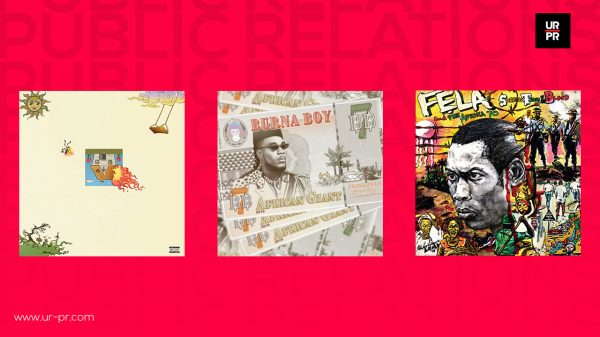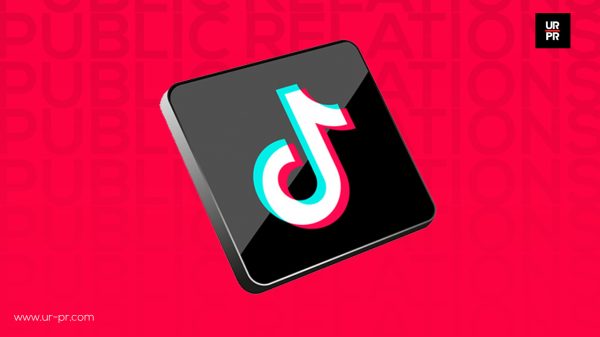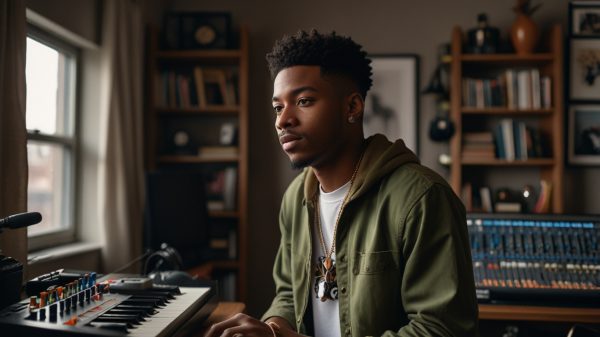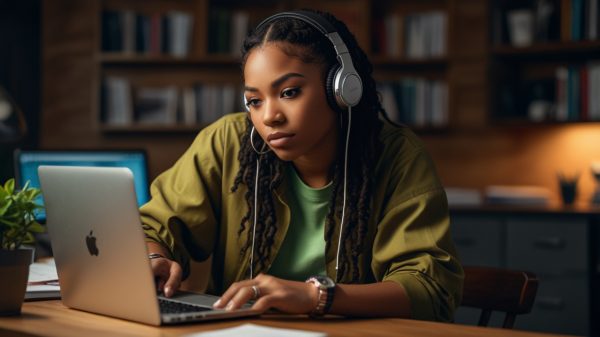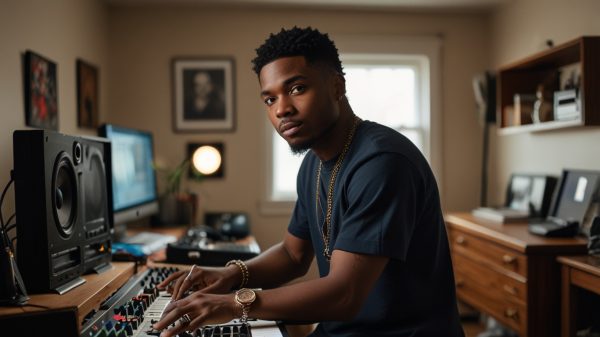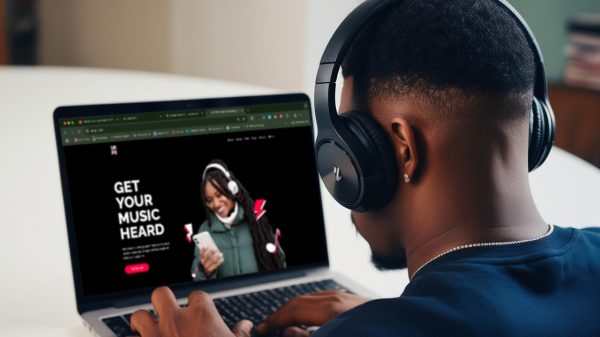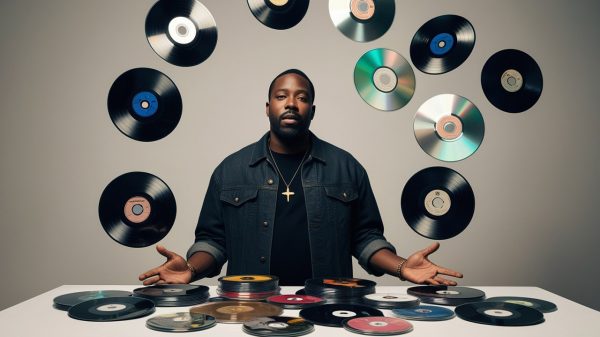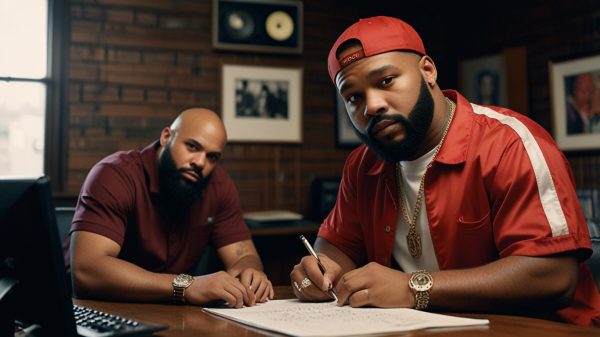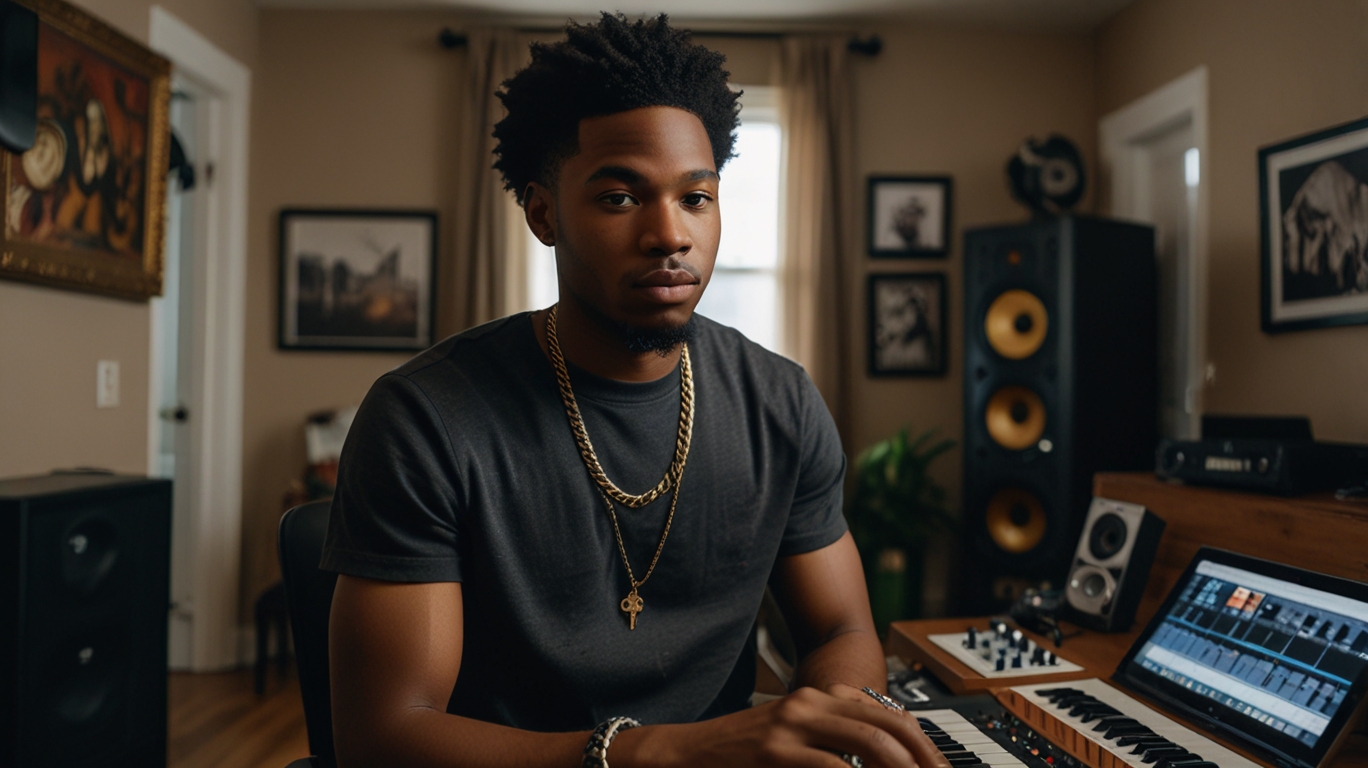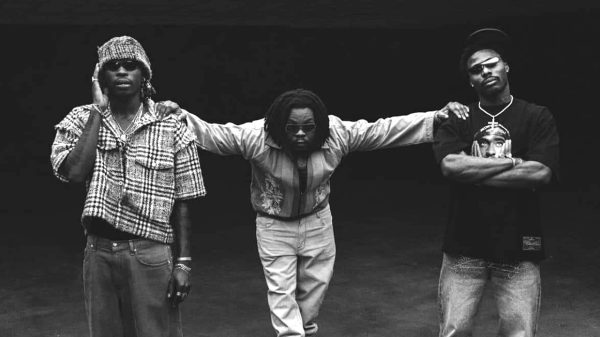In today’s fast-paced music industry, having a home studio has become a game-changer for musicians and producers. Whether you’re recording your next big hit or collaborating remotely, a home studio offers the convenience and creative freedom you need. This guide will walk you through the essentials of setting up a music studio at home, ensuring you strike the perfect balance between functionality and budget. Let’s dive in!
Finding the Perfect Spot
Every great studio starts with the right location. The space you choose can significantly impact the quality of your recordings and your overall workflow. Here’s how to pick the perfect spot:
- Prioritize Quietness: Select a room that’s isolated from household noise or outdoor disturbances. A quiet space ensures clean recordings without unwanted background sounds.
- Size Matters: While bigger isn’t always better, having enough space to accommodate your equipment and move comfortably is essential.
- Avoid Echo-Prone Areas: Rooms with high ceilings, hard floors, or bare walls can create excessive echo. Choose a space you can easily modify with acoustic treatment.
Pro Tip: If a dedicated room isn’t an option, consider a corner in your bedroom or living room and use portable acoustic panels to create a controlled environment.
Preparing Your Space
Once you’ve found the right spot, it’s time to turn it into a workspace that sparks creativity. Here are steps to prep your space:
- Declutter the Room: Clear out unnecessary items to create a clean and organized area for your equipment.
- Plan Your Layout: Decide where each piece of gear will go. Keep your desk, monitors, and recording equipment within arm’s reach for efficiency.
- Add a Desk and Chair: Invest in a sturdy desk with enough surface area for your gear and a comfortable chair to support long recording or mixing sessions.
Pro Tip: Use cable organizers or Velcro ties to manage cords and prevent a tangled mess.
Must-Have Gear for a Functional Studio
Equipping your home studio with the right tools is crucial for professional-quality recordings. Here’s a breakdown of what you’ll need:
Core Recording Setup
- Computer: A reliable computer (Mac or PC) with sufficient RAM and storage to handle your Digital Audio Workstation (DAW).
- DAW Software: Choose software like Logic Pro, FL Studio, Ableton Live, or Pro Tools based on your needs and expertise.
- Audio Interface: This device connects your instruments and microphones to your computer, ensuring high-quality sound conversion.
Monitoring and Playback
- Studio Monitors: Invest in flat-response speakers like Yamaha HS series or KRK Rokit for accurate audio playback.
- Studio Headphones: Use closed-back headphones for recording and open-back headphones for mixing.
Recording Tools
- Microphone: A condenser microphone for vocals and a dynamic microphone for instruments.
- Pop Filter: Reduces plosive sounds when recording vocals.
- Microphone Stand: Keeps your mic stable and at the correct height.
Instruments and MIDI
- MIDI Controller: A keyboard or pad controller for creating and playing virtual instruments.
- Your Instruments: Whether it’s a guitar, synth, or drum machine, include the tools that suit your sound.
Extras
- Cables: Stock up on XLR and instrument cables for seamless connectivity.
- External Storage: Backup your work on an external hard drive.
Pro Tip: Start with the basics and upgrade as you grow. Focus on quality over quantity to maximize your budget.
Optimize Your Acoustics
No matter how great your gear is, poor acoustics can ruin your recordings. Follow these tips to enhance your studio’s sound environment:
- Install Acoustic Panels: Place foam or fabric-covered panels on walls to absorb sound reflections.
- Add Bass Traps: Position these in corners to reduce low-frequency buildup.
- Use a Rug: Lay a thick rug on the floor to minimize echo from hard surfaces.
- Position Your Monitors Correctly: Place studio monitors at ear level, forming an equilateral triangle with your listening position.
Pro Tip: Test your room’s acoustics by clapping your hands and listening for echoes or reverb. Make adjustments until the sound feels balanced.
Test and Troubleshoot Your Setup
With your space prepared and gear in place, it’s time to ensure everything works seamlessly. Here’s a checklist:
- Connect and Power On: Set up your audio interface, monitors, and computer. Ensure all connections are secure.
- Run Audio Tests: Play back audio tracks and test your microphone to confirm proper sound input and output.
- Calibrate Your Monitors: Adjust the volume and EQ settings for accurate playback.
- Check for Latency: Test your DAW for any delays between recording and playback and adjust buffer settings if needed.
- Record a Trial Track: Record a short session to identify any issues with sound quality or equipment.
Pro Tip: Keep a troubleshooting guide handy and don’t hesitate to reach out to online communities for advice.
Setting up a music studio at home is an exciting step that empowers you to take control of your creative process. From choosing the right space to optimizing acoustics and investing in essential gear, each decision shapes your studio’s effectiveness. With dedication and a little experimentation, you can build a space that brings your musical ideas to life.
And once you’ve created your masterpiece, it’s time to share it with the world. For musicians looking to secure press placements and social media promotion on top African music platforms, UR-PR is the go-to music marketing and promotion agency. Whether you’re an independent artist, publicist, or record label, UR-PR will help you get the recognition you deserve on platforms like Unorthodox Reviews, Pulse Nigeria, and GQ South Africa. Start your journey to global exposure today!



